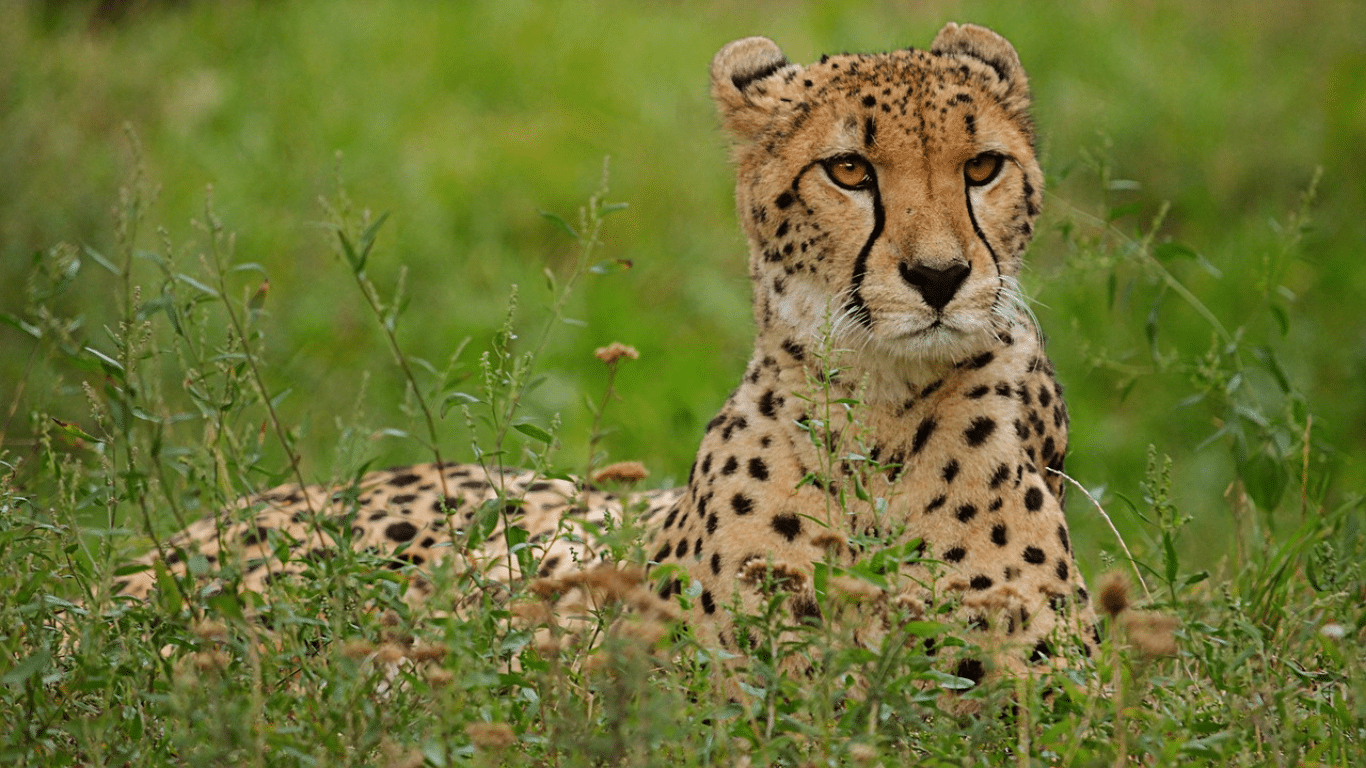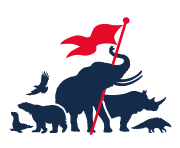Cheetahs are heading for extinction
Cheetahs are faster than many sports cars. With the ability to sprint at speeds of up to 75 miles per hour (120 kilometers) and accelerate to 60 miles per hour (97 kilometers) in just three seconds, no land animal can out-pace them.
But even the fastest land animal cannot outrun the risk of extinction.
Wild cheetah populations have reduced to roughly 6,500 globally, and in Iran – one of their historical ranges – they are down to just 50. The species has already survived two close calls with total demise, and today, face an uncertain future once more.
Cheetahs are threatened by habitat loss, climate change, human-wildlife conflict, poaching and, worryingly, a surge in the illegal pet trade, largely driven by social media.
Research shows that up to 70% of the illegal trade in cheetahs is happening on social media. Because adult cheetahs are so fast, poachers instead steal slow-moving babies and sell them online to people who wish to own these wild animals as “pets.” This seldom, if ever, ends well for the animal.
Lastly, cheetahs’ low reproduction rate presents a challenge to their continued survival. Because of their low rate of reproductive success, they struggle to grow their numbers and adapt to environmental changes.
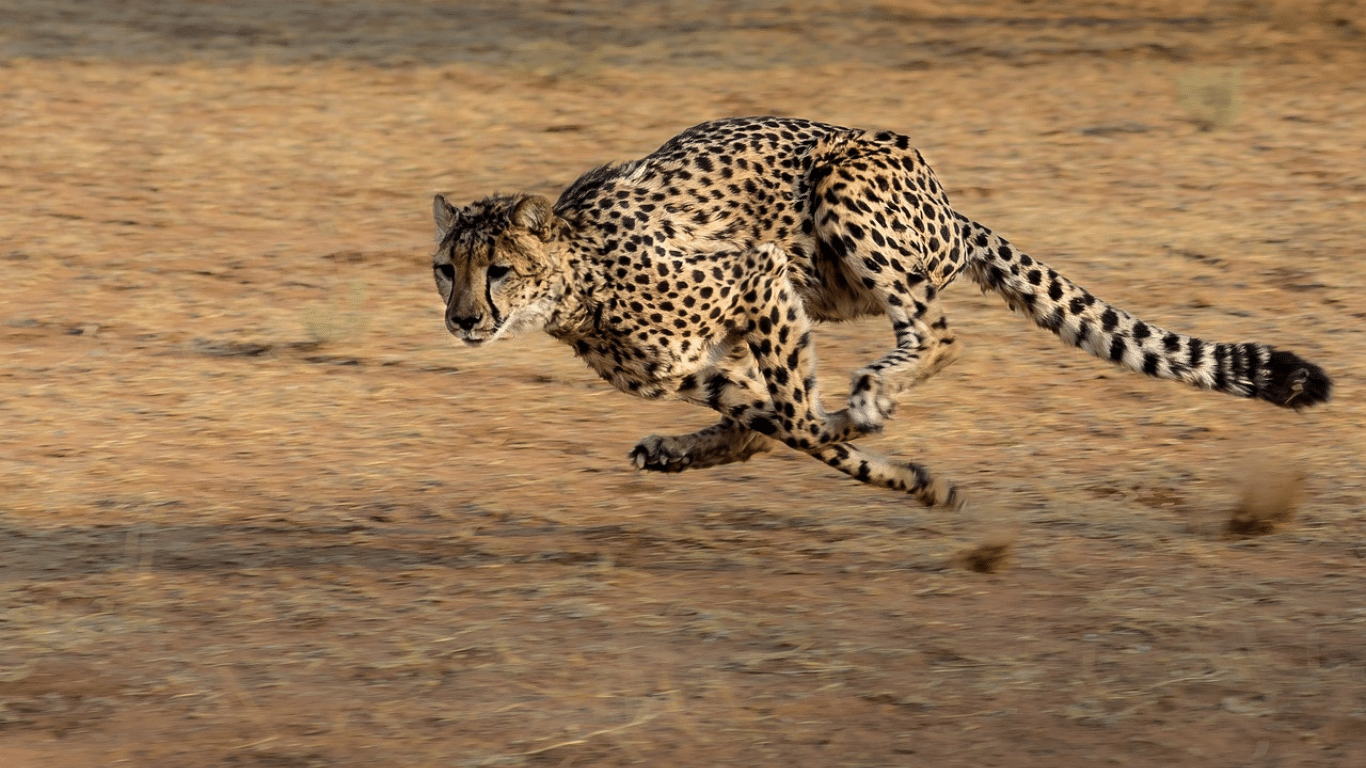
Quick facts
Cheetahs are easily recognizable by their creamy white or beige coat, marked with solid black spots. They have a small, rounded head, short snout and black tear marks streaked down their face. They differ from the other spotted big cat, the leopard, in their more slender build and their spot pattern.
The cheetah is distributed, in small populations, throughout northwestern, eastern and southern Africa and central Iran. Their habitats range from savannahs to deserts and arid mountain ranges.
Cheetahs were reintroduced to India in 2023 as part of a rewilding project. However, most have not survived.
There are three main social groups that cheetahs live in: mothers and their cubs, groups of males (normally brothers from the same litter) in “coalitions”, and solitary males. Within their social groups, cheetahs are affectionate towards one another.
Young females tend to live out their lives with their mothers whereas young males leave their mothers to occupy their own range.
Females tend to occupy larger territories than males, spending more time searching for food, whereas males tend to move around less and stay in areas closest to food sources and females.
Unlike other big cats, cheetahs are most active during the day (diurnal), with peaks in activity during dawn and dusk (crepuscular).
Cheetahs are known as “pursuit predators,” chasing prey to exhaustion in order to catch them.
Cheetahs breed throughout the year and give birth to three or four cubs at a time. Gestation lasts up to three months. Cheetah cubs are born dependent on their mothers and are incredibly vulnerable to predation.
The body of the cheetah is perfectly suited to its environment and movement. Cheetahs are specifically adapted for endurance chases and high speed movement.
Distinct from other big felines, cheetahs are unable to retract their claws, this provides them with extra grip to aid in their running.
Male cheetahs tend to be larger and heavier than females, as a result, females are more agile.
Cheetahs are vocal felines, with many unique calls and sounds. Cheetahs chirp to show excitement , “churr” when feeding, purr to show contentment, hiss and growl to showcase fear or aggression, meow when irritated, and make a multitude of characteristic noises that aid in their communication.
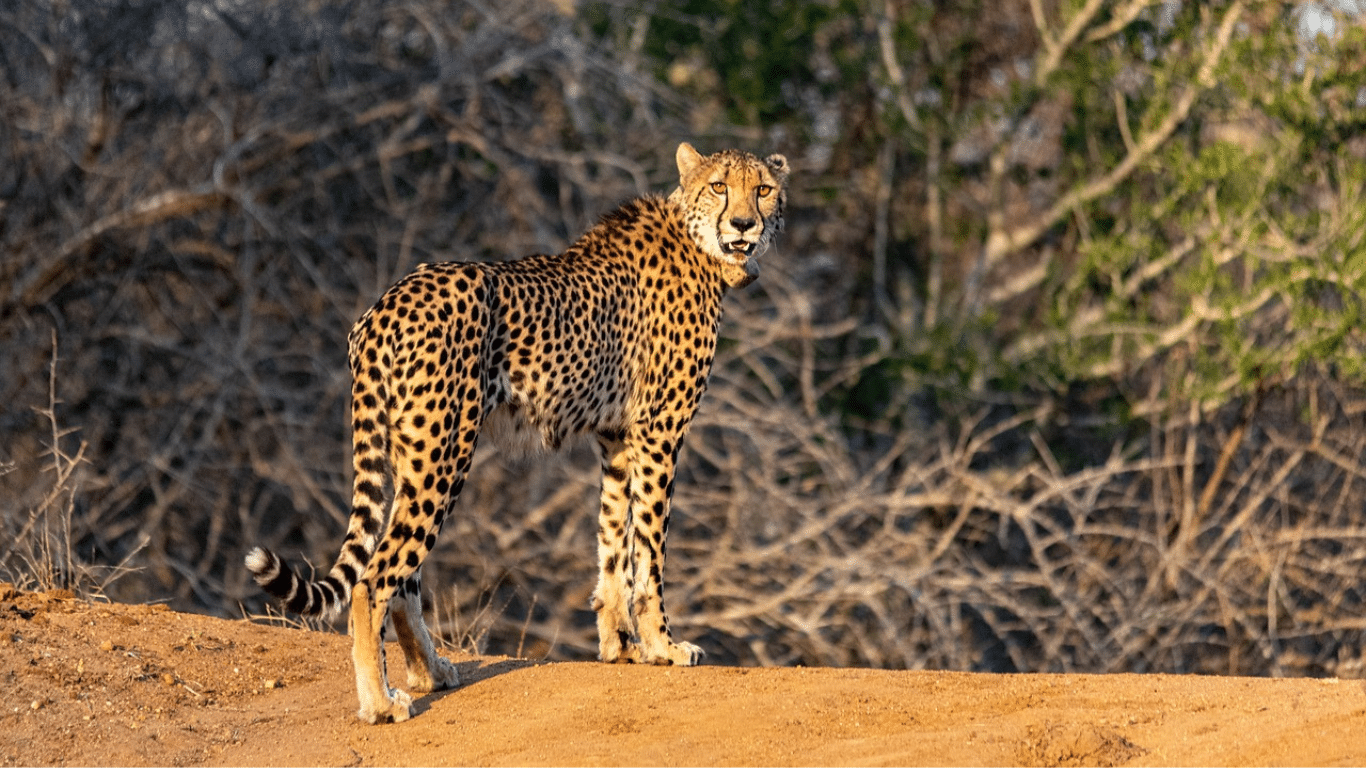
Threats to cheetahs
Cheetahs are threatened with habitat loss, human-animal conflict, poaching for the illegal wildlife and pet trade, and disease. They are listed as Vulnerable by the IUCN, with the current global population size estimated at 6,517 individuals
Habitat loss is mainly due to natural land conversion into agricultural or industrial land. Cheetahs require large expanses of land to live and hunt in. The loss of habitat results in shortage of prey, increased human-animal conflict, and increased risk of livestock predation and the resulting increased targeting of cheetahs by people.
Cheetahs are often targeted by farmers in Southern Africa in an effort to protect livestock. Poaching, illegal wildlife trade and trafficking is another serious challenge for dwindling cheetah populations.
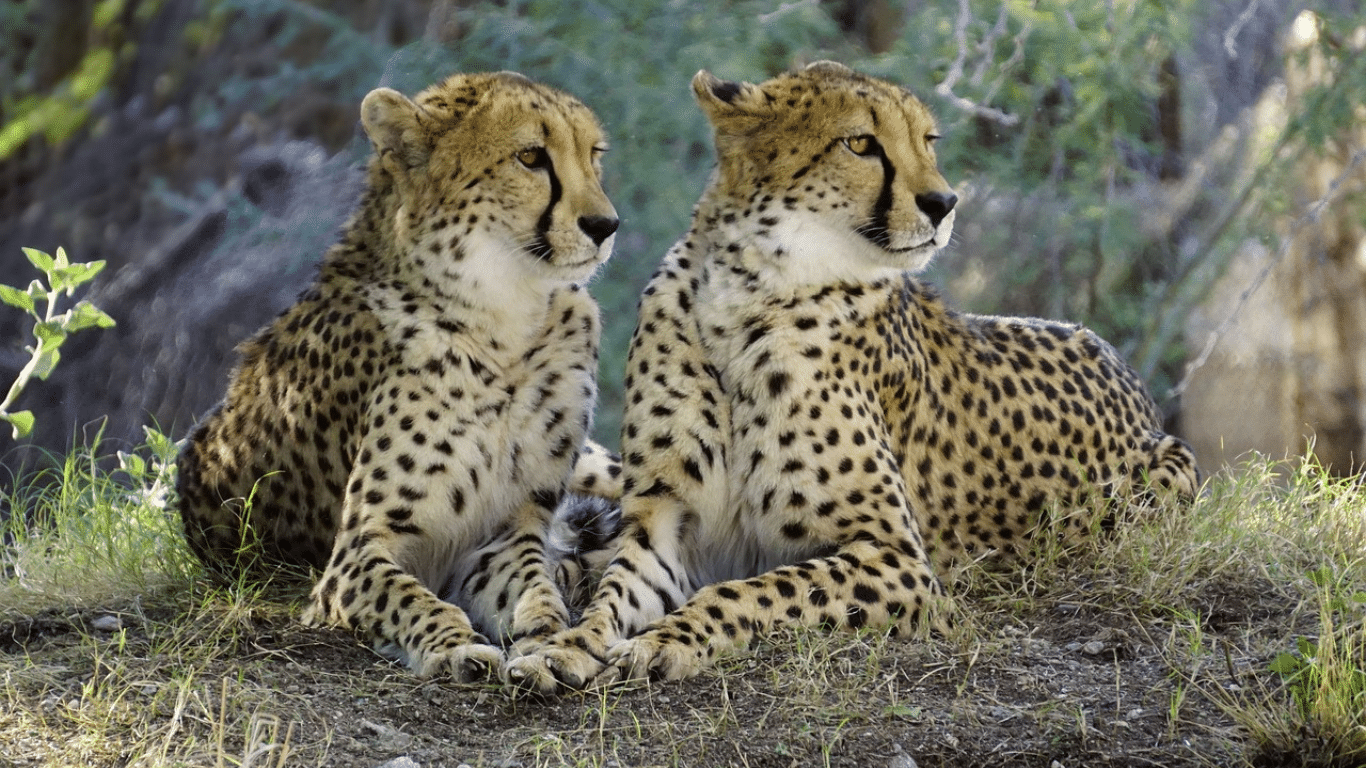
Why should you care about cheetahs?
Cheetahs are apex predators, meaning they play a vital role in maintaining prey populations, thus supporting the health of the broader ecosystem. Without cheetahs, the populations of their herbivorous prey species would rise. More vegetation would be eaten, worsening soil erosion, decreasing biodiversity and impacting groundwater supply. The removal of any species from an environment, but especially an apex predator, results in a disastrous domino effect that affects the health of the entire ecosystem and all its creatures, including humans.
We need to protect cheetahs and their habitats by restoring cheetah populations. What can you do to help?
Avoid engaging in unethical practices that exploit cheetahs, such as petting zoos, “photo” attractions and walking with cheetahs. Report abusive practices on social media, or any post offering cheetahs for sale.
By donating to conservation funds and wildlife preservation organisations such as ASI you will directly help wild cheetah populations.
Find more resources on the unethical wildlife attractions to avoid, and choose these ethical animal activities instead.
